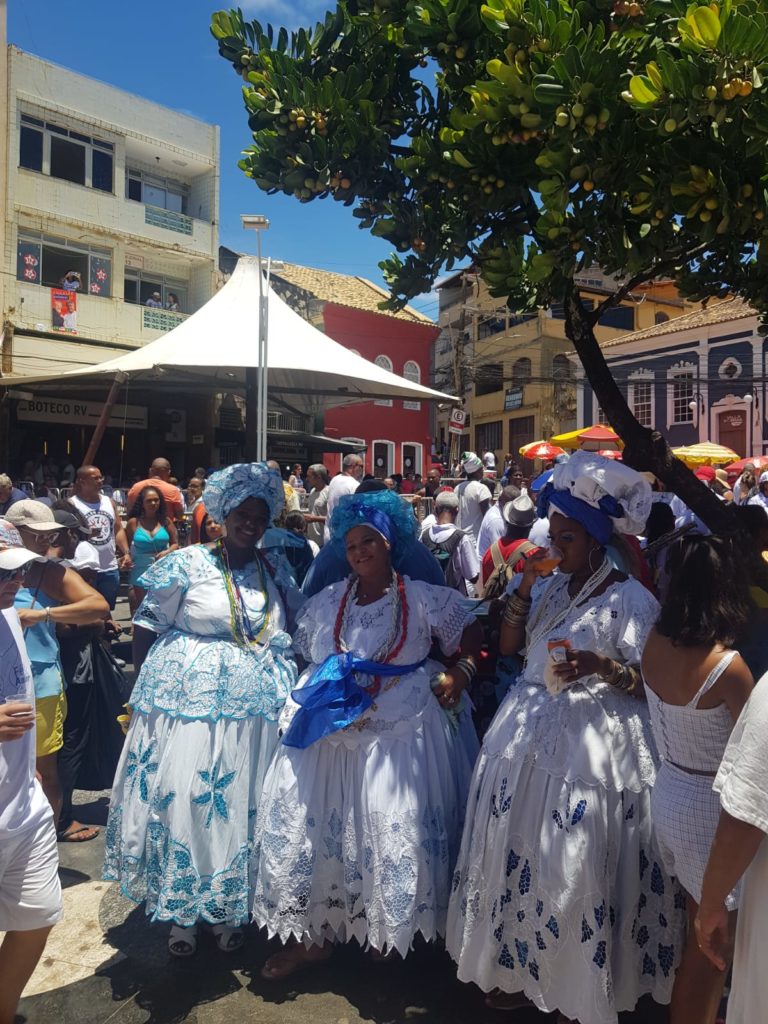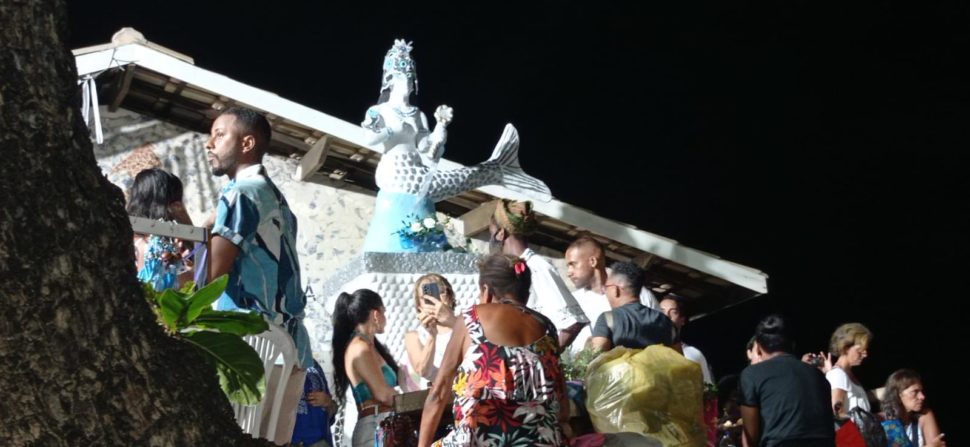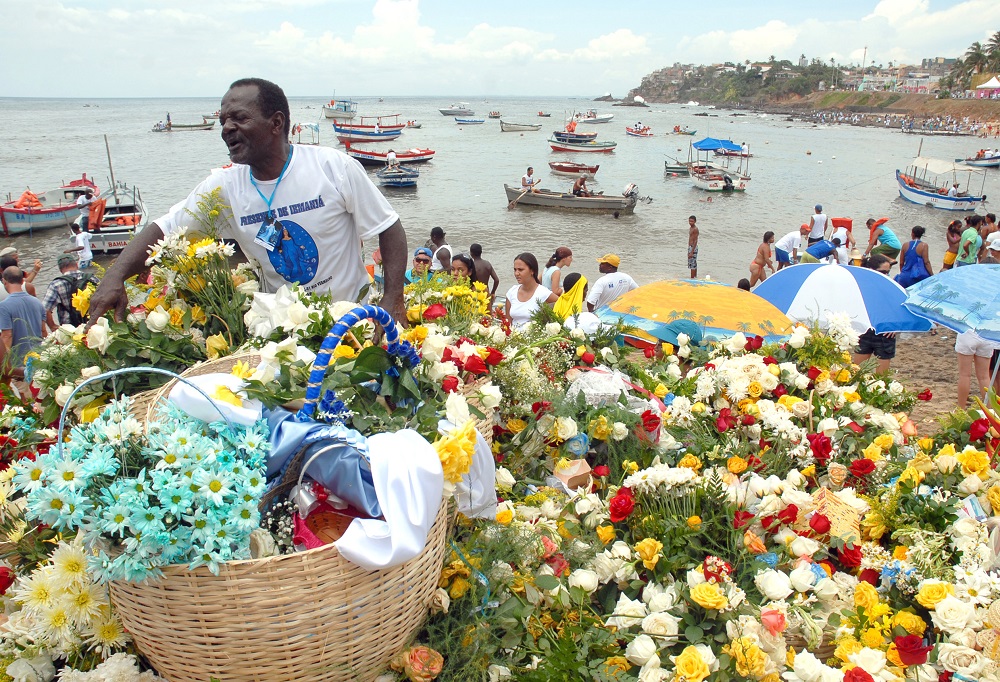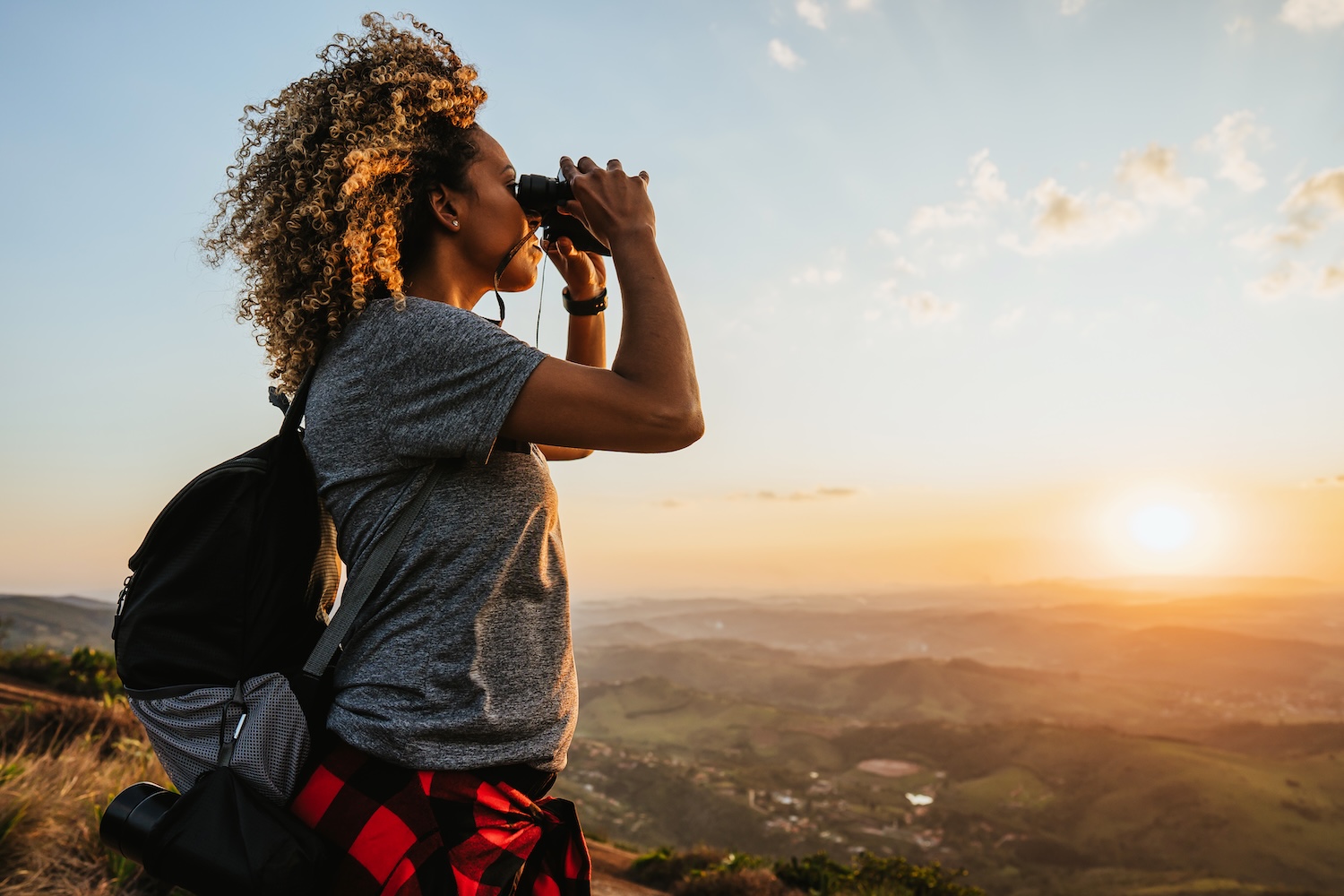Every year, thousands of people across Brazil converge at Salvador, Bahia’s state capital, to join in one of the most popular Afro-Brazilian religious celebrations: The Iemanjá’s Day.
This event is the only significant religious celebration not associated with a Catholic holiday. Typically held on February 2, the festival of Iemanjá celebrates the African Yoruban deity of the sea. Iemanjá is also the patron goddess of the country. Brazil is the largest Black country outside of Africa, and Salvador is one the most Afrocentric cities in the Americas. After a two-year hiatus, The Iemanjá’s Day festival returns this year.
This Afro-Brazilian festival attracts tourists within and outside the country swarming the street of Salvador to join the annual rites. Thousands bring gifts to the shrine to show gratitude to the Iemanjá goddess.
During the time of slavery, the Yoruba people introduced Iemanjá worship to Brazil. The deity is a part of the widely practiced Candomblé religion, which is popular among Afro-Brazilians. There is a strong belief in the supreme being God of all creations, called Olorun or Olodumare. There are over 200 other gods, called Orisas. Many of these gods represent natural creations in the environment.
Xangô (or Sango), for example, is the god of thunder. Oya— one of Sango’s wives— is the goddess of the storm, and Iemanjá is the goddess of the sea.
Keeping Afro-Brazilian Tradition Alive
The Iemanjá festival transcends various decades. Only Afro-Brazilians of Bahia used to celebrate Iemanjá’s day, but now the cultural event has gained world acclaim and is celebrated beyond the shores of the country.
During the day of celebration, devotees and tourists line up in the Rio Vermelho neighborhood showing gratitude for the previous year’s blessings. They also pray for more blessings in the coming year. The group gathers in the streets of the neighborhood for the ceremony.
For many Afro-Brazilians, Iemanjá festival is not only important because of its religious approach, but also for keeping Africa’s tradition alive in Brazil and its potential to attract tourists from all over the world.

In an interview with a Brazilian newspaper, Cintia Maria, president of Muncab, emphasized the need of restoring Iemanjá’s African character. She recalls the country historically has criminalized Afro-Brazilian faiths and how religious syncretism was a way of resistance.

“Some Candomblé households carried out syncretism, while others did not. But, there is no such thing as good and wrong, ” she told Folha de São Paulo.

History
After a year of scarcity of fish in Salvador, the festival, which involves the practice of bringing a gift to the orixá in Rio Vermelho, began in 1923. At the time, a group of fishermen decided to consult the orixás through the whelks to figure out why there were no fish.
The Orisas told them to ask for assistance and to offer Iemanjá a present.
Since then, Candomblé practitioners offer Iemanjá gifts on February 2. This year, the topic of the party in Rio Vermelho will be “Odoyá, 100 years of Celebration and Reverence to Iemanjá.” In Nigeria, Iemanjá is known as Odoyá.
When devotees offer gifts for Iemanjá at Santana Beach at 5 a.m. in Rio Vermelho, the celebrations kick off with a sunrise and fireworks display.
Thousands of devoted people who want to present gifts and offerings to the deity will visit the fishermen’s colony throughout the day. Hundreds of boats, adorned with flowers, sail out to the ocean in honor of Iemanjá.
After daylight, the fishermen put the gifts in a boat. They take them to the “Buraco de Iaiá,” a sacred spot 10 miles from the beach. The atmosphere of joy and celebration is overwhelming. The worshipers continue to sing in unison with profound enthusiasm and respect.





